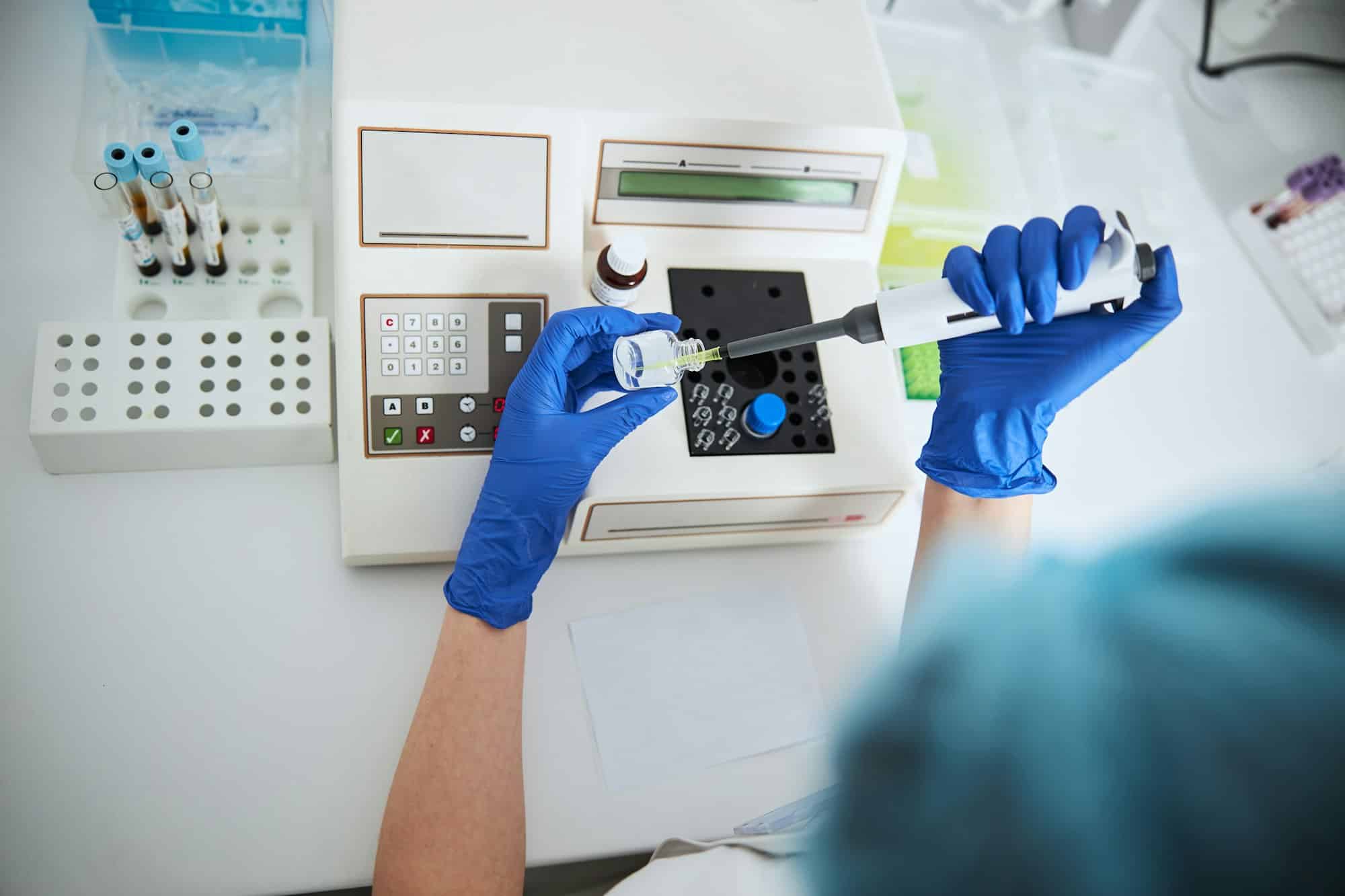Researching the best brake fluid for high-performance vehicles can be overwhelming. With a myriad of options available, one might get lost in a sea of technical jargon. Yet, making the right selection is crucial for the safety and performance of your vehicle. Dot brake fluids, known for their high boiling points, are often recommended for high-performance, racing and track vehicles. But which one is best? What should you consider when choosing brake fluid? This article will help you understand the critical role of brake fluids, their boiling points, and how they influence the braking system of your vehicle.
The Importance of Brake Fluid in a Vehicle’s Braking System
Brake fluid is an often overlooked but crucial component of your vehicle’s braking system. Its primary function is to transmit the force you apply on the brake pedal to the brake pads and discs. Essentially, it acts as a medium through which pressure is transferred to the brakes for them to perform their stopping function.
Also read : How to ensure child car seat is properly installed in your vehicle?
Brake fluid is also tasked with lubricating the moving parts and preventing corrosion within the system. Its performance capabilities are largely determined by its boiling point. When brake fluid boils, it produces vapor which is compressible. This could lead to a spongy brake pedal or, worse, brake failure.
A high boiling point ensures the fluid can withstand the heat generated during braking, especially in high-performance vehicles involved in racing or track days. Regular vehicle usage may not generate such high temperatures, but those pushing their car to the limit on a racetrack will appreciate a fluid with a high boiling point.
Also read : How can you effectively clean corrosion from a car battery?
Understanding DOT Brake Fluids
The Department of Transportation (DOT) categorizes brake fluids into different types based on their boiling point characteristics. The higher the DOT number, the higher the fluid’s boiling point. As such, high-performance vehicles typically require brake fluids with a higher DOT rating, namely DOT 4, DOT 5, and DOT 5.1.
DOT 4 and DOT 5.1 are both glycol-based fluids, which are hygroscopic, meaning they absorb water over time. This water dilutes the brake fluid, lowering its boiling point and, consequently, affecting braking efficiency.
On the other hand, DOT 5 is a silicone-based fluid and does not absorb water. However, it is prone to air bubbles, which can affect brake performance. Moreover, DOT 5 is not compatible with ABS (Anti-lock Braking System) which is common in high-performance vehicles.
Comparing the Boiling Points of DOT Brake Fluids
The boiling point of brake fluid is the temperature at which it starts to boil, and it is typically communicated in two forms: Dry and wet boiling points. The dry boiling point refers to the temperature at which fresh, unused brake fluid will begin to boil. The wet boiling point is the temperature at which brake fluid that has absorbed 3.7% water will start to boil.
DOT 4 brake fluid has a minimum dry boiling point of 230°C and a wet boiling point of 155°C. DOT 5.1, despite the higher number, also has the same boiling points as DOT 4, but it is used for its better low-temperature viscosity, crucial for vehicles with ABS. DOT 5, on the other hand, boasts a higher dry boiling point of 260°C but a lower wet boiling point of 180°C.
Which Brake Fluid is Best for High-Performance Vehicles?
While all DOT brake fluids are designed to perform under high temperatures, the best option for your high-performance vehicle will depend on several factors such as your vehicle’s brake system type, its use, and your maintenance habits.
DOT 4 and DOT 5.1, with their high boiling points and good compatibility with ABS, are generally suitable for high-performance and racing applications. However, they require regular changing due to their hygroscopic nature.
On the other hand, DOT 5, with its even higher dry boiling point, could be an option for those seeking the utmost performance. However, its compatibility issues with ABS systems and tendency to trap air bubbles make it less desirable for some.
Remember, the best brake fluid is the one that is suitable for your specific vehicle and its use. Always refer to your vehicle’s manufacturer guidelines when choosing brake fluid. Furthermore, no matter what type you choose, regular maintenance and timely replacement of brake fluid are crucial for optimal braking performance.
The Role of Brake Fluid Maintenance in High-Performance Vehicles
Maintenance of brake fluid is a critical factor for ensuring top-notch performance in any vehicle, particularly in high-performance ones. The brake fluid, regardless of its type, tends to deteriorate with time and usage. It is the fluid’s condition, rather than its type, that can most directly impact your vehicle’s braking system.
Vehicles used for racing or track day events are subjected to intense braking actions, leading to high temperatures that accelerate the degradation of the brake fluid. As mentioned earlier, glycol-based DOT 4 and DOT 5.1 brake fluids are hygroscopic, meaning they absorb water. Over time, this absorbed water lowers the fluid’s boiling point, a phenomenon known as brake fluid fade.
The wet boiling point is essential in understanding this. Even a small amount of water, around 3%, can significantly reduce the brake fluid’s boiling point, leading to a spongy brake pedal feel and diminished brake efficiency. Regular brake fluid changes are therefore crucial to maintaining the high boiling point necessary for extreme braking conditions.
As a rule of thumb, a high-performance vehicle should have its brake fluid checked at least once a year. If the vehicle is frequently used for racing or track days, the brake fluid should be replaced more often, potentially before each event. This ensures that the brake fluid is always in its best condition, allowing for consistently high braking performance.
Conclusion: Selecting the Right Brake Fluid for High-Performance Vehicles
By now, it should be clear that the choice of brake fluid for high-performance vehicles is not straightforward. It involves a comprehensive understanding of different DOT brake fluids, their boiling points, and compatibility with your vehicle’s braking system.
DOT 4 and DOT 5.1 are often the go-to options due to their high boiling points and compatibility with ABS systems. They cater to the rigorous demands of racing and high-performance driving but require regular changing because of their hygroscopic nature.
DOT 5, despite having a higher dry boiling point, is less commonly used due to its incompatibility with ABS and its propensity to trap air bubbles. Yet, it might still be a viable option for those seeking the ultimate in performance, provided they are willing to regularly bleed their brakes to avoid the air bubble issue.
Regardless of the type of brake fluid you choose, remember that regular maintenance is key. Timely fluid changes will ensure that your braking system performs optimally, regardless of the intensity of your driving. Lastly, always refer to your vehicle’s manufacturer guidelines when selecting brake fluid to ensure compatibility and optimal performance. High performance is about the right component selection coupled with meticulous maintenance.











